Ring-billed Gull (Larus delawarensis)

Below: 1st winter plumage - note wing pattern and pinkish legs

Close-up view allows nice study of bill, including the nail (bill tip)

Below two: A first-winter Ring-billed Gull at North East Town Park, Cecil Co., Maryland (11/25/2007).
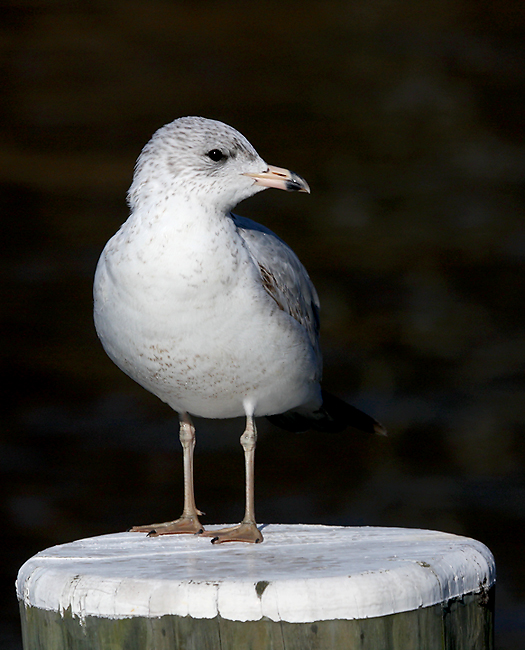
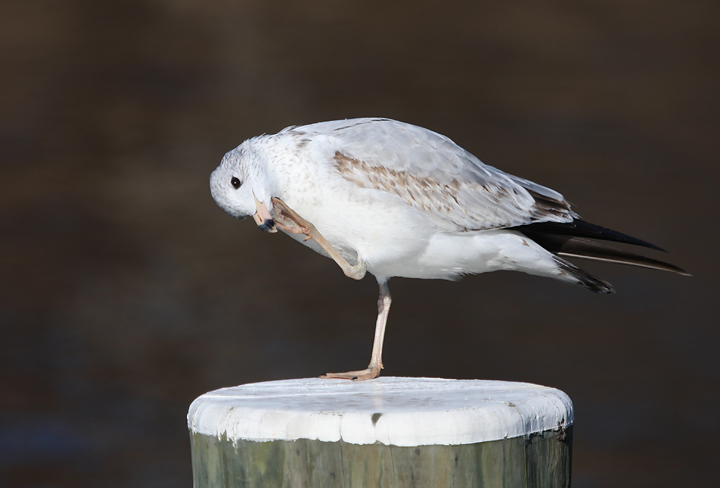
Below: An adult Ring-billed Gull in flight at Fort Smallwood Park, Anne Arundel Co., Maryland (11/27/2007).
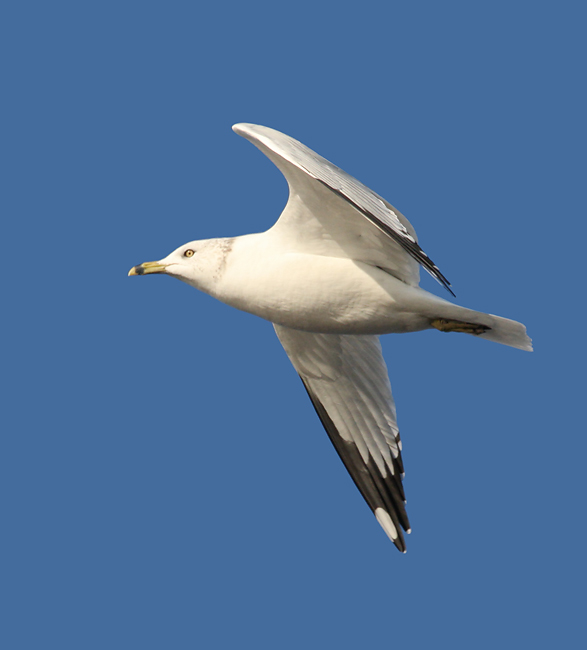
Below: Ring-billed Gulls accompanying the Black-headed Gull in Baltimore Co., Maryland (12/18/2011).
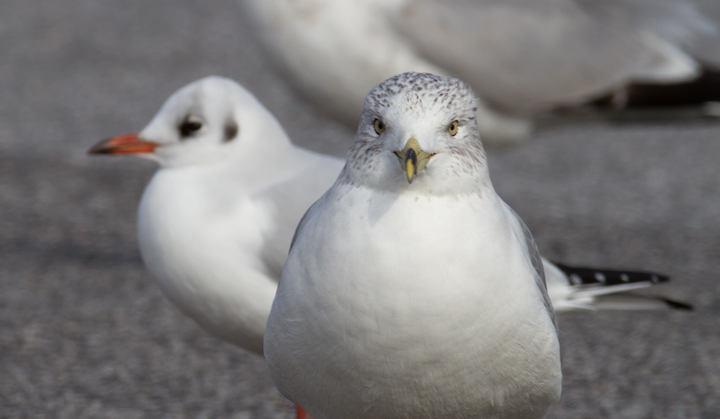
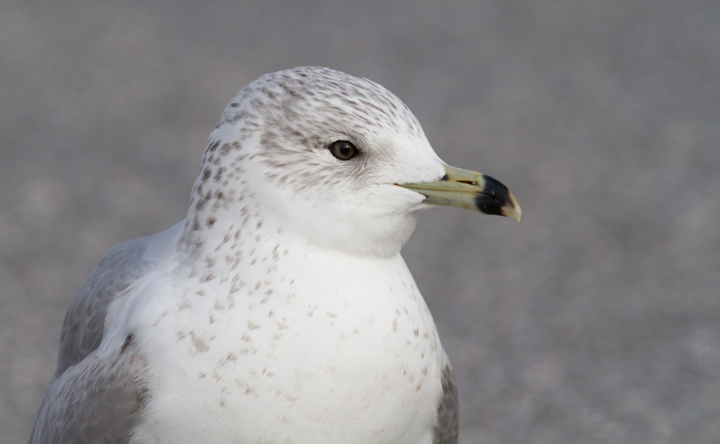
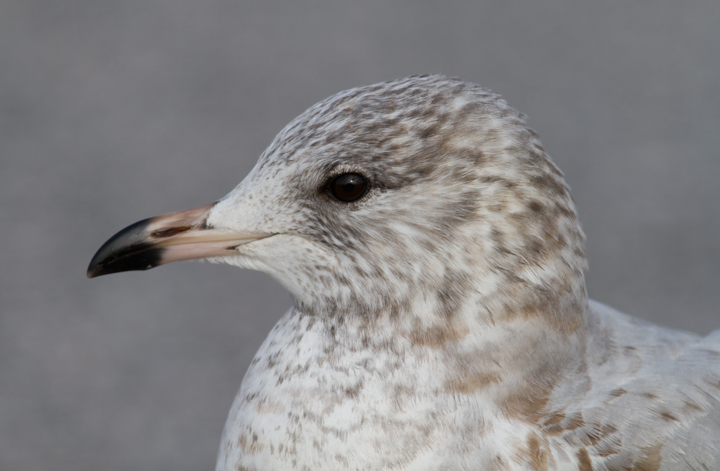
Below: A juvenile Ring-billed Gull completes its first trip to Assateague Island, Maryland (7/19/2009).
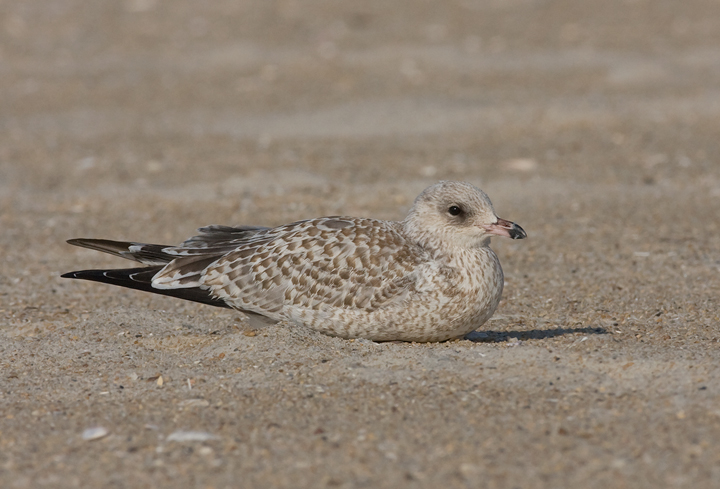
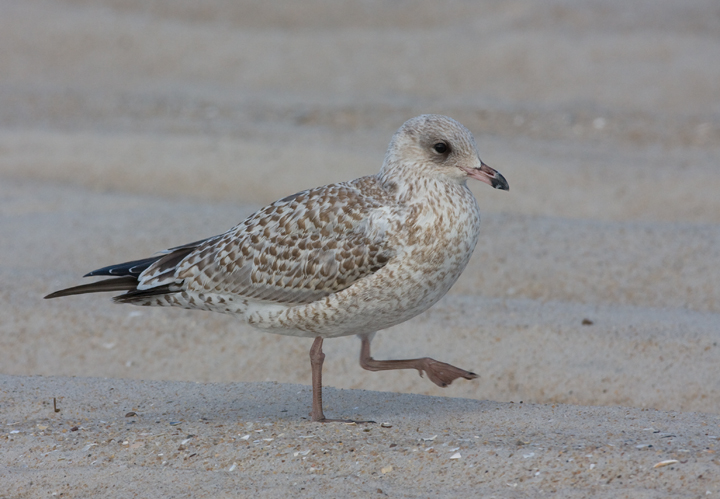
Below: A first-winter Ring-billed Gull has a morning drink along the Choptank River (Dorchester Co., Maryland, 2/10/2008).
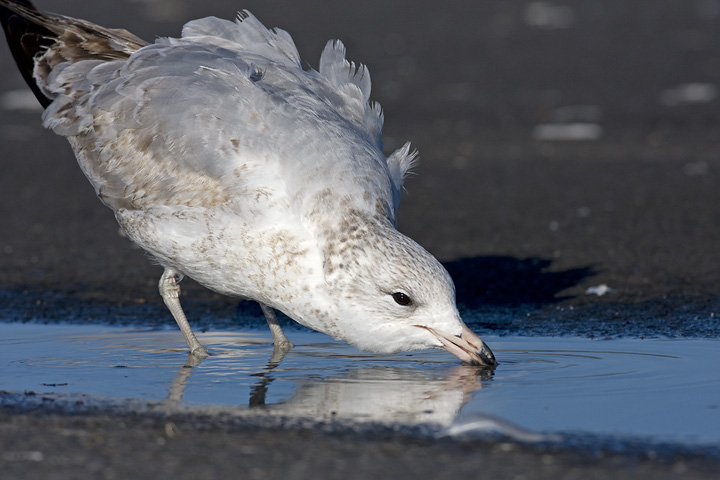
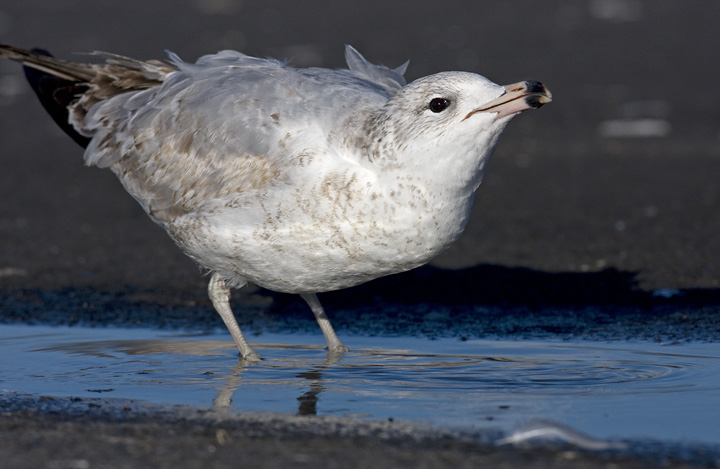
Below: Yawning Ring-billed Gull at Loch Raven Reservoir, Baltimore Co., Maryland (3/5/2006).
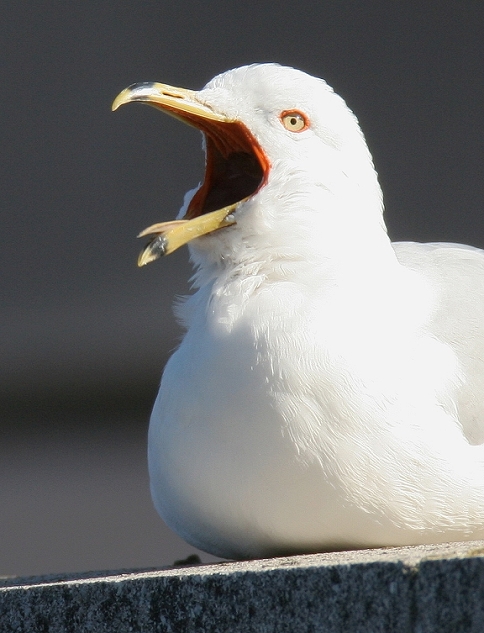
Below two: Ring-billed Gulls at the Ocean City Inlet, adult nonbreeding and first winter plumage, respectively (12/17/2006).


Below two: This albino Ring-billed Gull was another very interesting find at the pig farm in Dorchester Co., Maryland (10/22/2006).
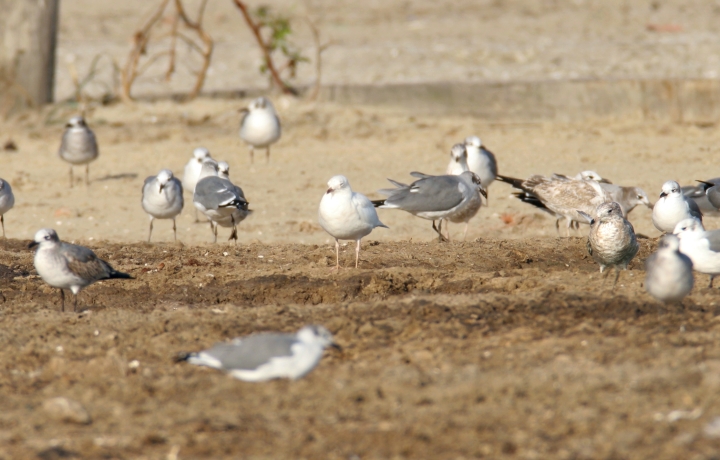
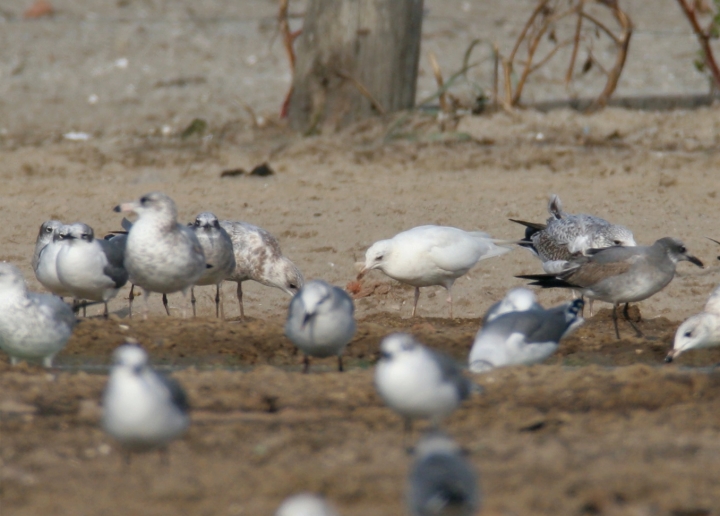
Below: A molting Ring-billed Gull at Sandy Point SP, Anne Arundel Co., Maryland (5/18/2008).
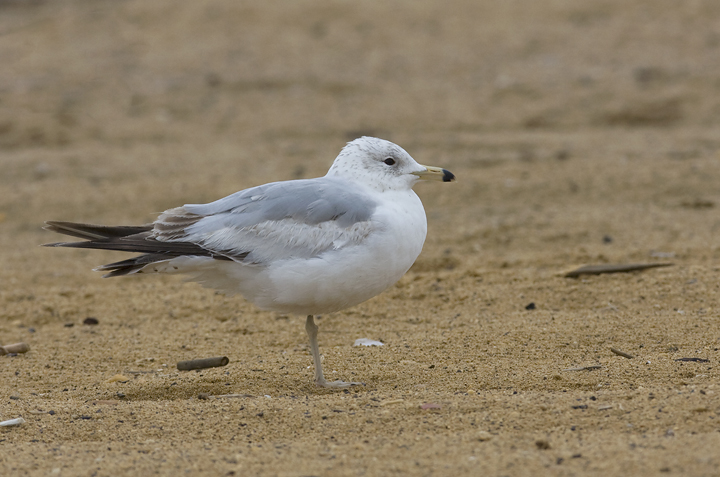
Below: A Ring-billed Gull at the Ocean City Inlet, Maryland (12/26/2008).
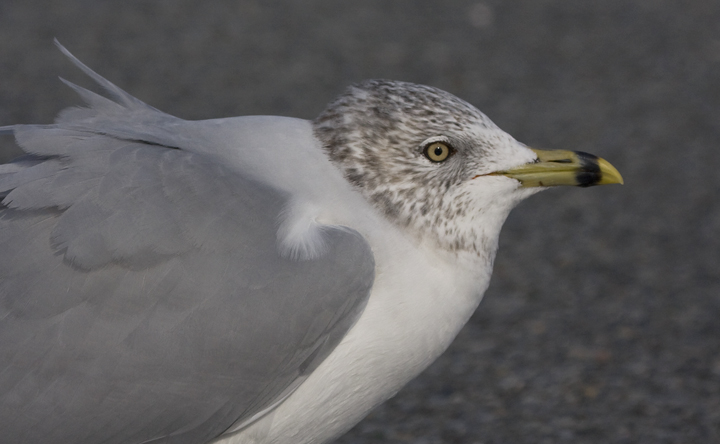
Below: A juvenile Ring-billed Gull resting along the south shore of Lake Michigan, Indiana (9/2/2009).
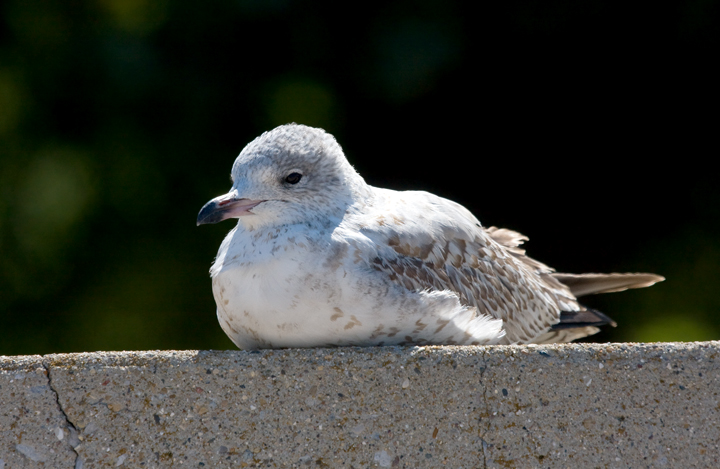
Below: A Ring-billed Gull enjoys a crab feast in Ocean City, Maryland (11/7/2009).
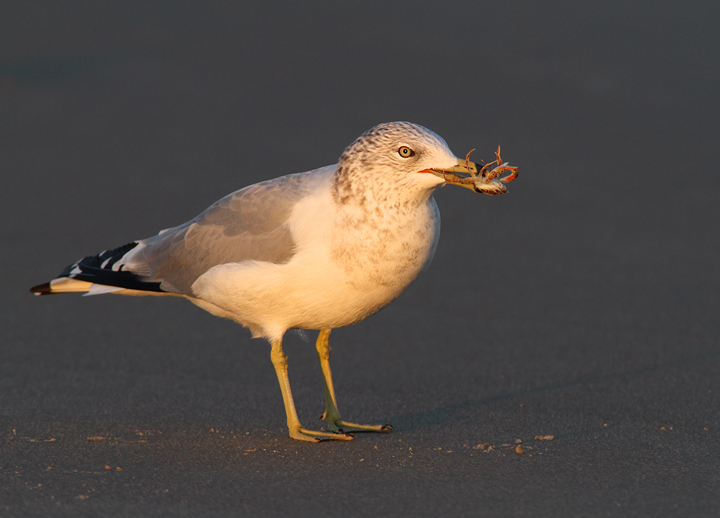
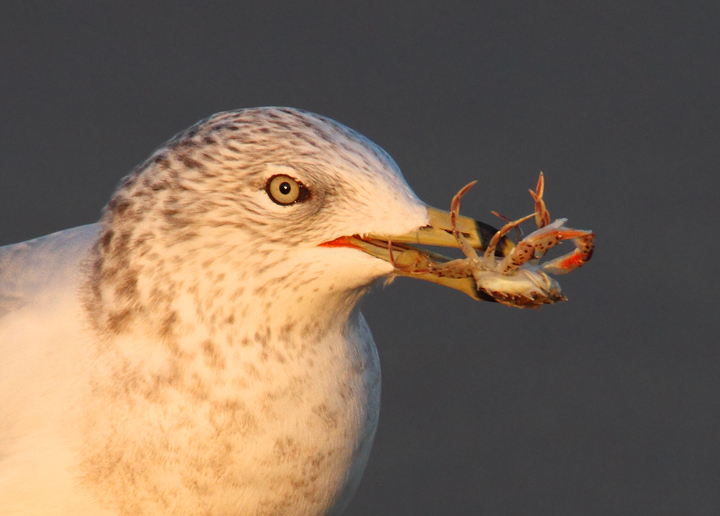
Below: A second-cycle Ring-billed Gull at Fells Point, Baltimore, Maryland (12/29/2010).
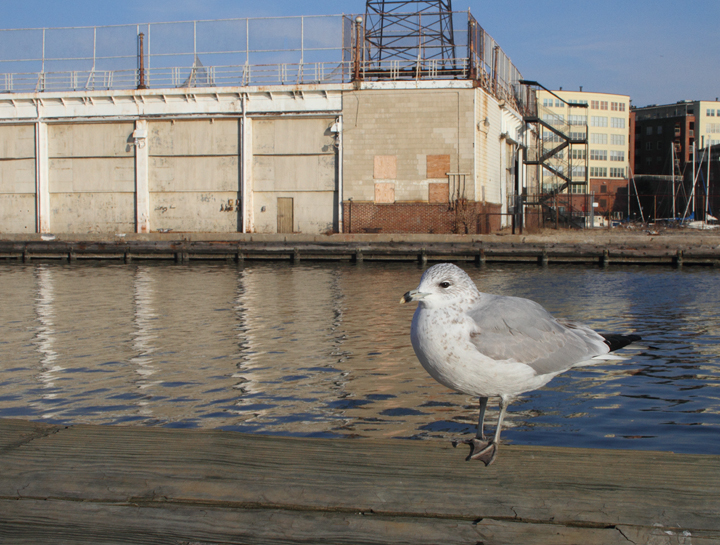

Below: One of several Ring-billed Gulls we weren't expecting to see at an inland rest stop along I-5 in northern California (7/5/2011).
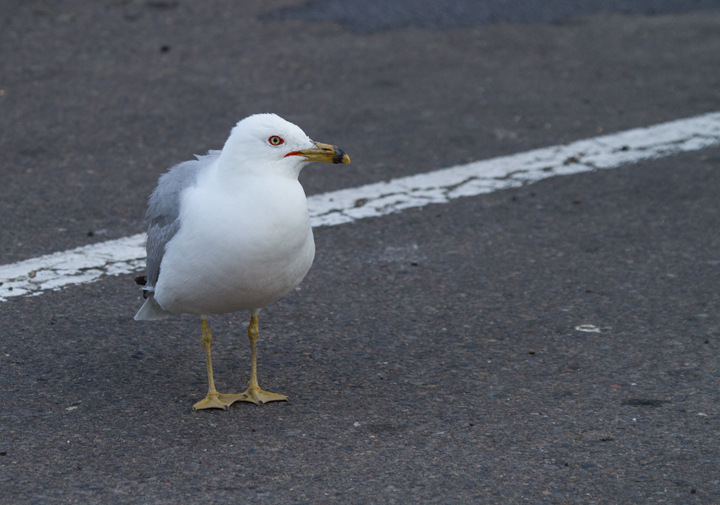
Below: A banded Ring-billed Gull in Cambridge, Maryland (3/4/2012).
He was banded on 5/5/2010 in Contrecoeur, Quebec, about 30 km east of Montreal.
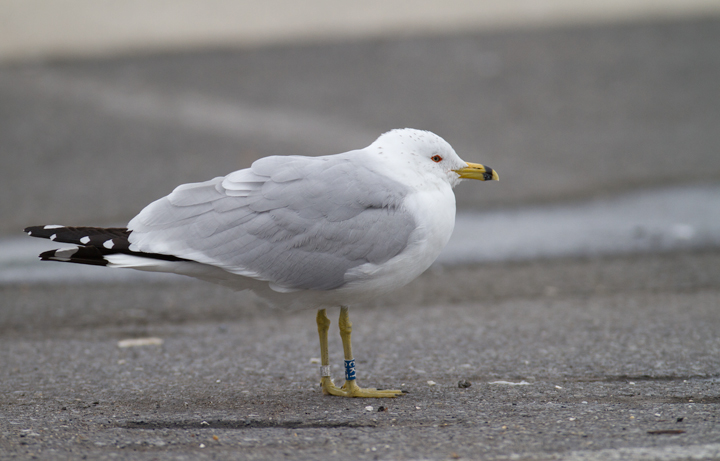
Below: A first-cycle Ring-billed Gull at Bolsa Chica, California (10/6/2011).
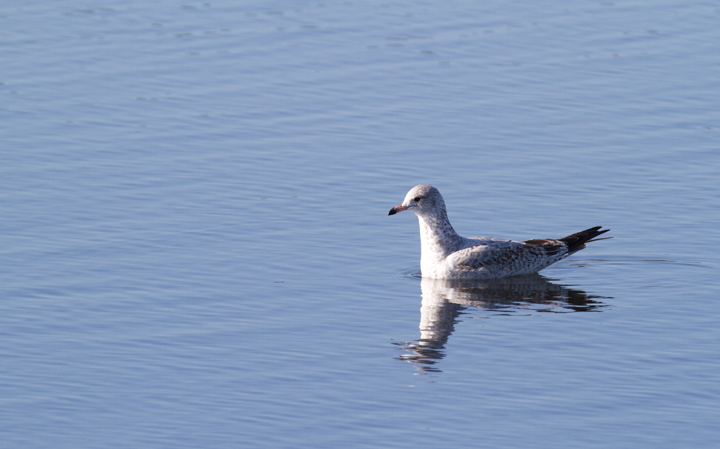
Comments: The Ring-billed Gull is one of the most widespread and adaptable of North American gulls. Here in Maryland, it is a very common winter resident. In the summer, most of our "ringers" head north and west--primarily to the Great Lakes--to breed.
